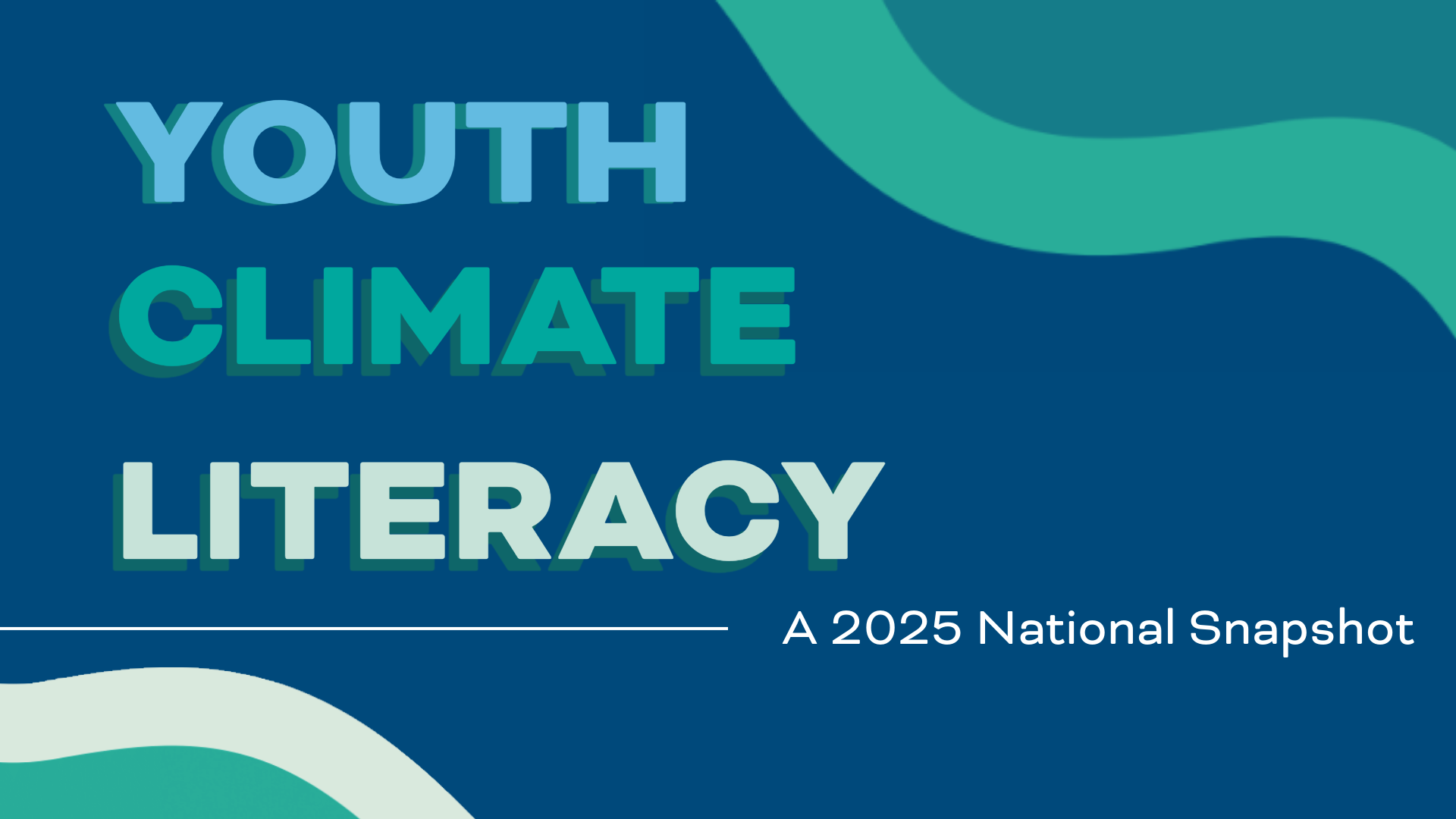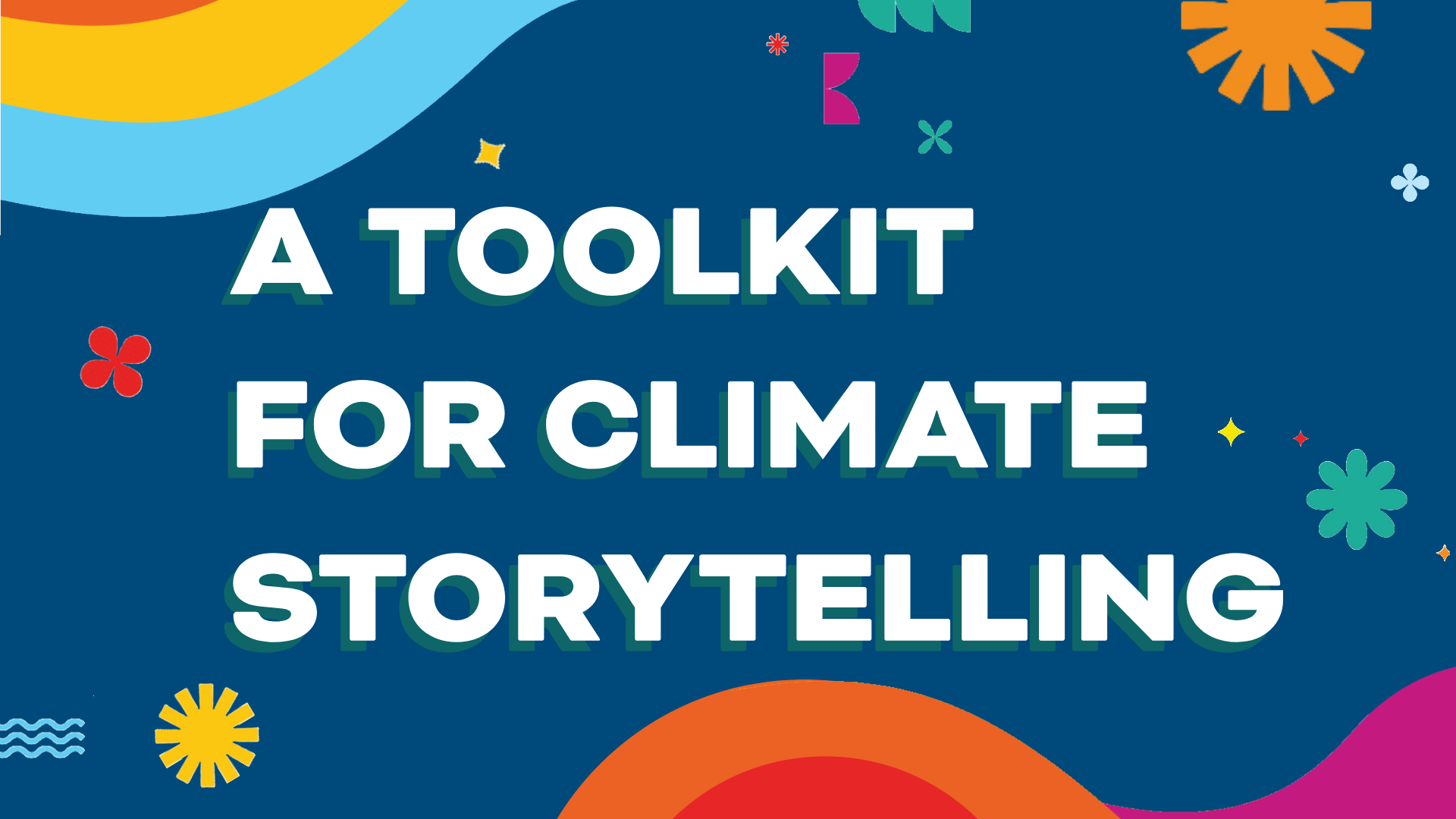Resources — Other Resources
Climate Hope, Climate Action
Our changing climate not only shapes the future for children and youth, it shapes their world today.
In January 2025, the Palisades Fire and Eaton Fire displaced many children, youth, and families. Over 700,000 children and youth in the Los Angeles area endured learning disruptions, with fourteen schools sustaining critical damage. Educators across Los Angeles County continue to confront the immense challenge of addressing urgent basic needs, providing essential counseling and mental health support, and striving to maintain educational continuity for a deeply affected student population.
These devastating fires underscore a critical reality: our changing climate is no longer a distant threat but a present concern impacting children and youth globally. Climate change creates the conditions that make wildfires, storms, and floods more intense. In 2024 alone, these climate-amplified disasters disrupted the schooling of 242 million young people, with heat days closing schools, smoke canceling activities, and floods forcing displacement.
We have a responsibility to help young people navigate this changing world, and we can empower them with the understanding, knowledge, and skills to succeed.
This can start by talking about it.
Whether you are a parent, an educator, a storyteller, or a caregiver, you can help children make sense of the world they are inheriting and what we all can do to advance solutions.
Tips for starting a conversation:
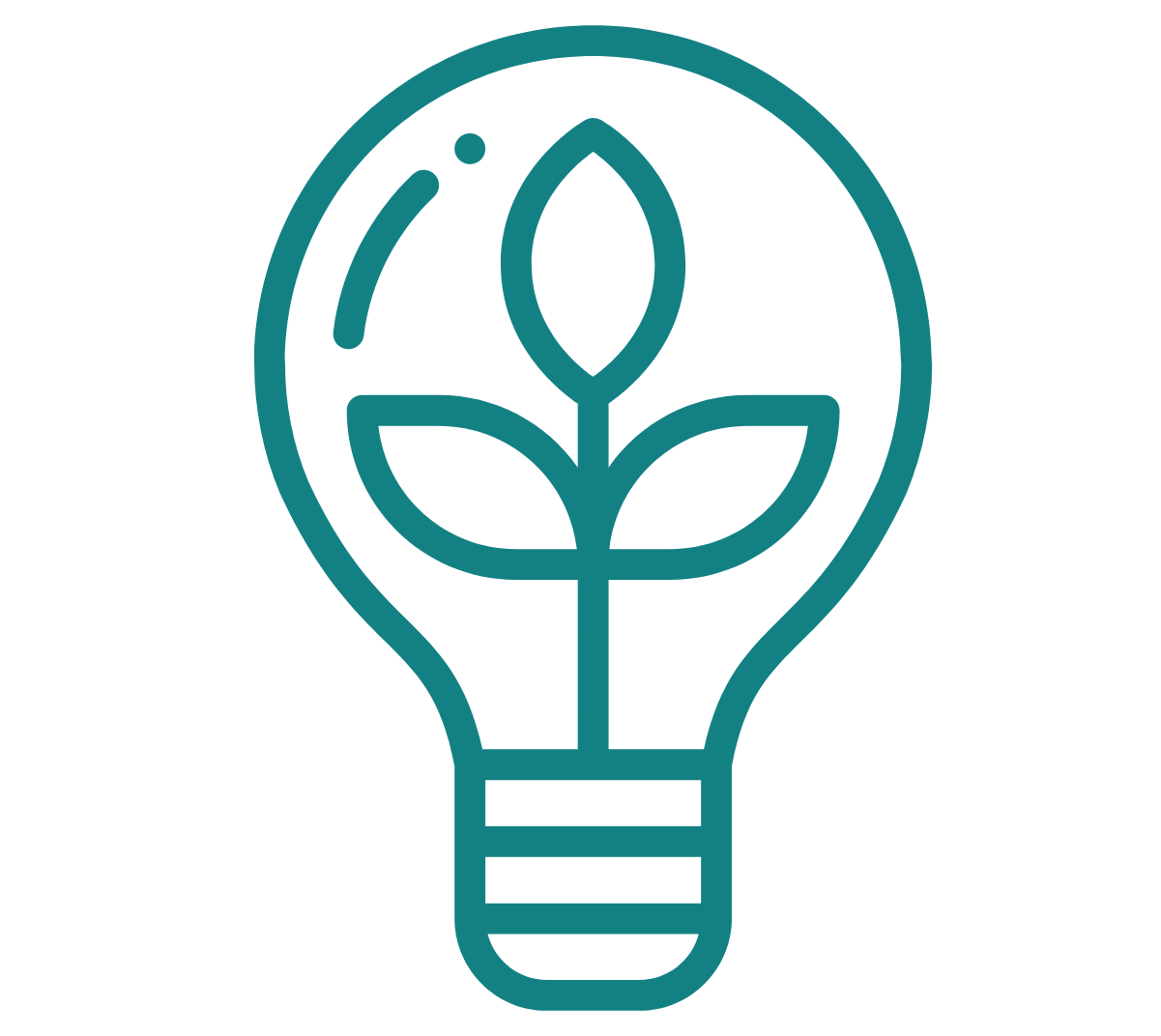
Use relatable, simple, straight-forward language to explain climate basics.
We teamed up with The Nature Conservancy to identify four essential principles to help kids understand climate basics.
Earth is our home.
Earth is getting hotter because of us.
Our climate is changing now, and that harms us.
But, together, we can build a brighter future.

Connect problems to solutions.
Connecting problems to solutions can help reduce worry and develop agency to act. Increased heat may make the playground too hot in the middle of the day, but we can talk to children about how to stay safe in the heat and discuss ideas like going to the playground at a cooler time or finding a playground with more shade.

Our actions matter, and working together matters more
Action on climate change will require both individuals and systems to change. Highlighting small actions can help young people build confidence in their ability to contribute to change, while emphasizing that real change happens when action is taken at scale can help ensure that young people don’t feel the burden for action is entirely on them.

Emphasize we are part of, not separate from nature.
Understanding that we are not separate from nature but deeply connected to and a part of it fosters empathy and responsibility toward people and the environment.
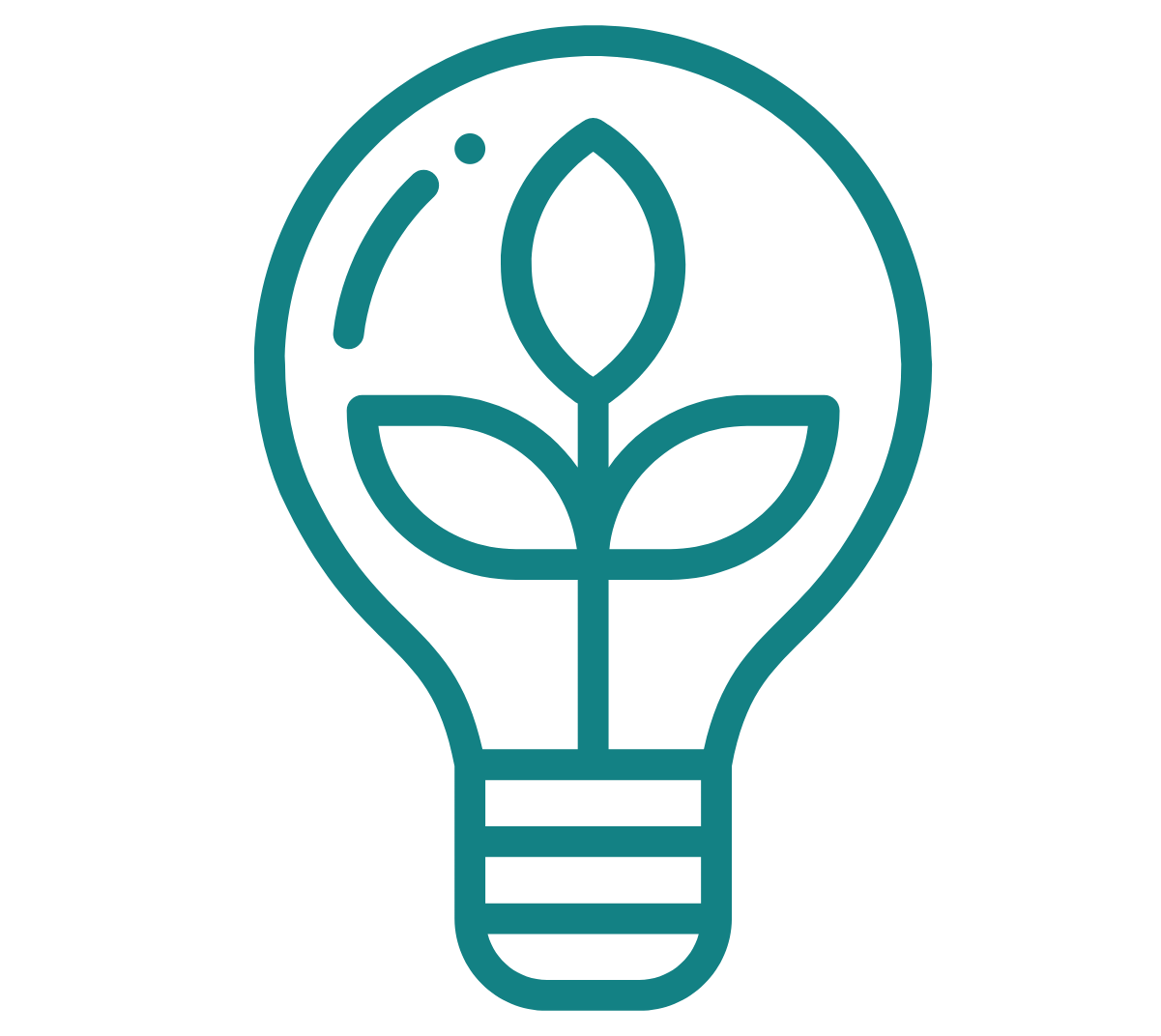
Keep it relevant.
Kids connect more deeply with things affecting their everyday lives. Connecting climate issues and solutions to familiar places, like schools, their neighborhoods, or their communities can help children develop understanding.
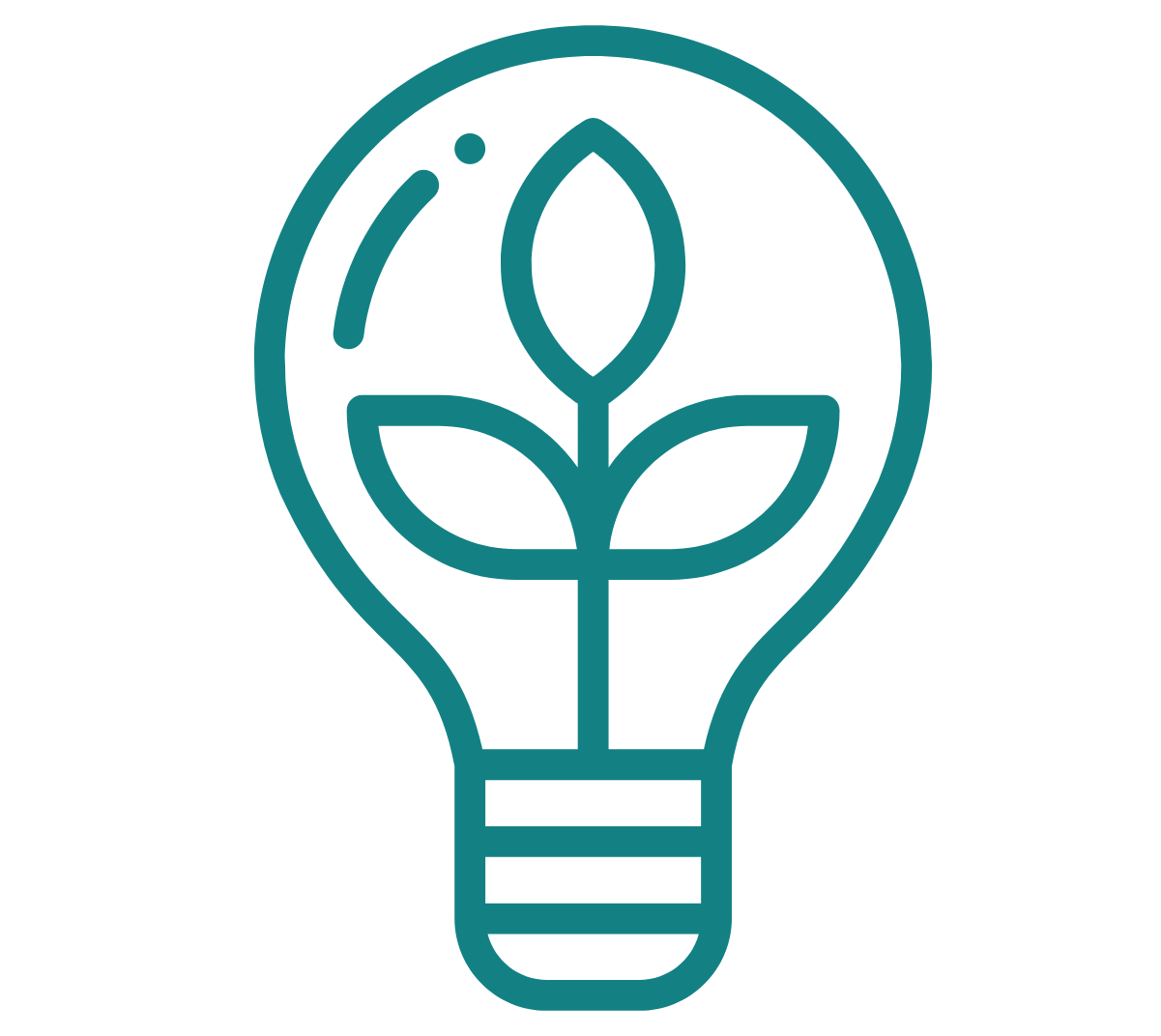
Listen and answer children’s questions.
Remember the feelings that children have when you start a conversation will be different than your own. Asking children the questions they have, listening to their thoughts, and answering in a clear way can help children process their own feelings.
Resources:
Earth Day Every Day YouTube Kids Playlist: We have curated a YouTube Kids playlist with different videos to inspire hope, spark curiosity, and build understanding about our changing climate. Enjoy a fantastic mix of catchy songs, cool animation, real-life climate heroes, and even some laughs!
Earth Day Every Day Google Play App List: We’ve curated a collection of teacher-approved apps with Google Play that engage in the exploration of environmental themes for children ages 0-12. From building eco-friendly cities and understanding weather patterns to learning about conservation and global ecosystems, these apps foster environmental stewardship through interactive games and educational content. [App list will be available April 17].
After watching these videos or playing these apps, you can ask:
What do you like most about Earth?
What surprised you or what was something you learned?
What are some things we should do at home, at school, or in our community to help take care of our shared home?
What are the biggest questions you have about climate change? What do you want to learn more about?
Celebrate Earth Day Every Day with Planet Media! 🌎 Enjoy our specially curated YouTube Kids Earth Day playlist.
Let the recent devastation in the Los Angeles community serve as an urgent call to action, amplifying the global reality that our changing climate impacts young lives now. Open conversation can help cultivate wild hope – a fierce determination to empower the next generation with the knowledge and agency to foster a more resilient world. By embracing our shared responsibility, we can translate this hope into meaningful climate action to secure a brighter future for us all.
A note on Wild Hope:
Erica Rabner and Robby LeDoux wrote Wild Hope while Erica left her LA home to avoid the wildfire smoke with her son. Erica and Robby are currently creating the YouTube series Lila Goes Viral. Recognizing the pressing and evolving concerns climate change poses, they want to use the series to respond in real-time with our climate reality.
Thank you to Erica, Robby, and David Gorvy for their work on Wild Hope and commitment to building a brighter future for children and youth for generations to come.
Wild Hope Photo Credits: 1) Los Angeles Unified School District; 2) Adobe Stock by Olena Pidhurski; 3) Los Angeles Unified School District; 4) Los Angeles Unified School District; 5) Los Angeles Unified School District; 6) Los Angeles Unified School District; 7) Getty.
